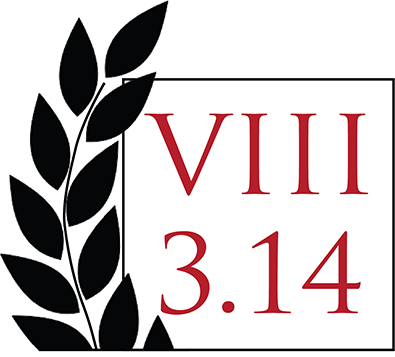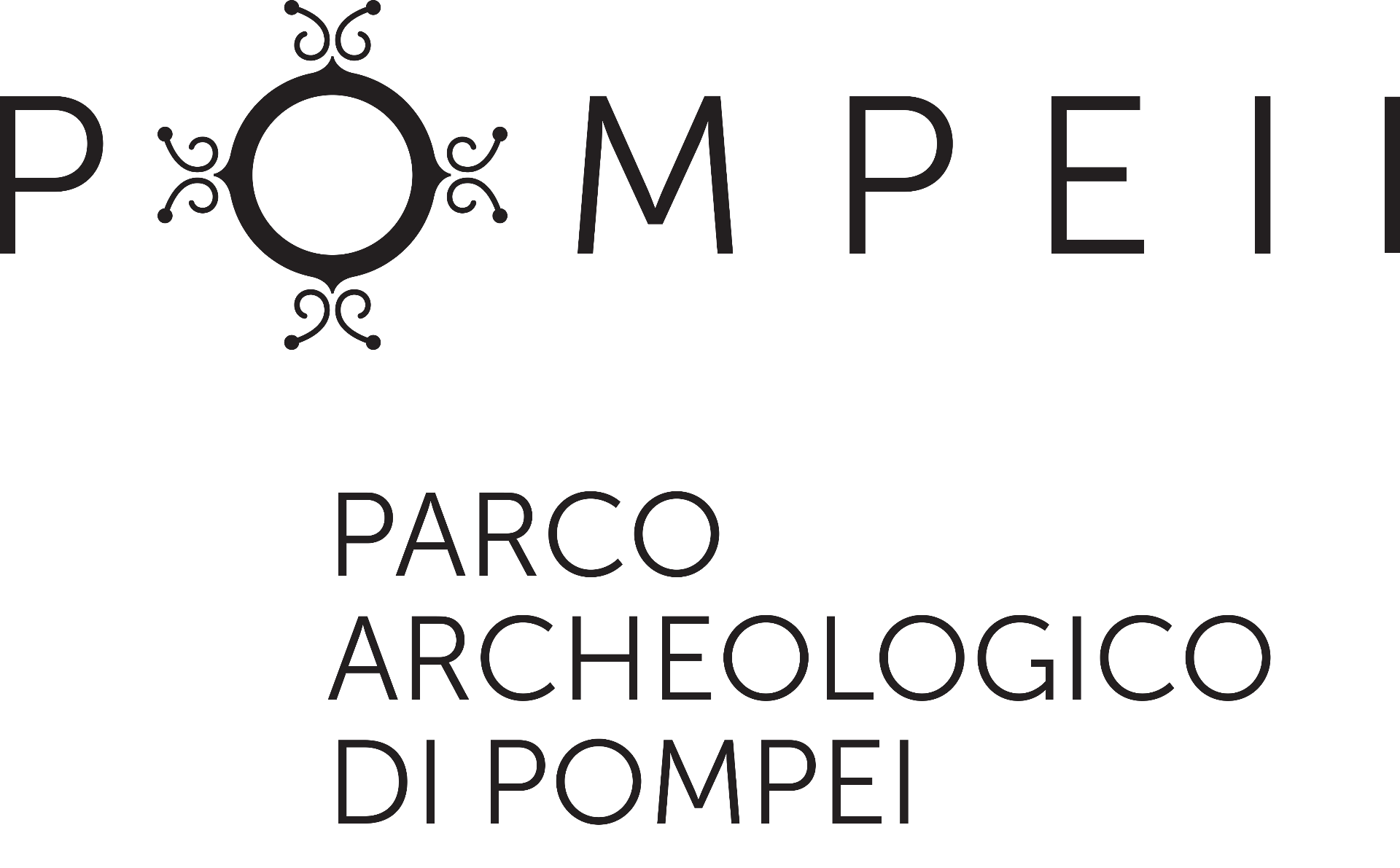All organic remains from the project are examined by specialists. Organic remains include both macro-remains (e.g., large, visible pieces of bone) and micro-remains (e.g., the tiny pieces of animal and plant remains that flotation can recover from soil samples). Soil samples are collected from all features and floors for flotation and collection of botanical, faunal, and microartifactual remains. In the garden area, we also look for root cavities that indicate the former presence of trees and shrubs destroyed in the 79 CE eruption. The roots of these plants frequently left behind holes in the sediment as they decayed, and these holes subsequently filled with lapilli (pebble-sized volcanic debris). Evidence from the 2018–2019 seasons indicates that root cavities are still preserved in the Casa della Regina Carolina garden. All root cavities are carefully excavated and documented, and if adequately preserved, cast using silicon rubber or gesso.


In addition to studying the ancient vegetation from the site, our team has also conducted a vegetation survey to identify the types and quantities of modern plant species present in the garden area before excavation.
For more information on our archaeobotanical fieldwork, especially the flotation process, see an account by our flotation supervisor Jessie Feito!






